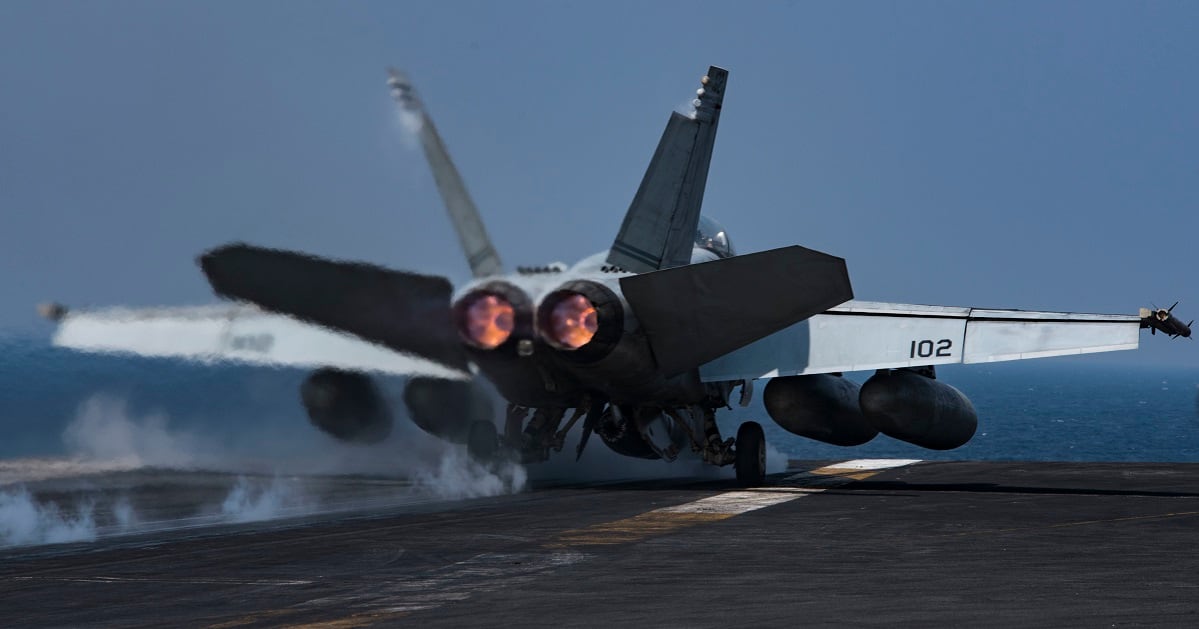The aircraft carrier Ronald Reagan and its carrier strike group are now operating in the 5th Fleet — a first for the carrier since 2012.
The Navy said that the Reagan carrier strike group will “operate and train alongside regional and coalition partners” and provide airpower to assist U.S. and coalition forces while the U.S. withdraws troops from Afghanistan.
“Ronald Reagan’s flexible presence is a key element in helping assure our regional partners that the United States remains committed to ensuring freedom of the seas,” Capt. Fred Goldhammer, Ronald Reagan’s commanding officer, said in a Navy news release. “The crew aboard Ronald Reagan seeks to preserve ‘peace through strength’ and remains ready to answer the call.”
The Wall Street Journal first reported in May that the Reagan was poised to head to CENTCOM’s area of operations to assist with the Afghanistan withdrawal, and that the aircraft carrier Dwight D. Eisenhower would depart the region in July to return to Norfolk, Virginia.
The report said that the carrier is unable to operate safely if it exceeds the July timeframe, given that the carrier was deployed in 2020 and subsequently deployed again in February 2021, according to unnamed defense officials.
RELATED

Earlier this month, the Reagan and its carrier strike group headed into the South China Sea for the first time during its 2021 deployment to conduct maritime security operations, flight operations, maritime strike exercises, and coordinated tactical training between surface and air units.
“Our commitment to regional stability strengthens those we sail with and discourages anyone who would seek to disrupt international norms, no matter where we deploy in the world,” Rear Adm. Will Pennington, commander of Task Force 50 and Carrier Strike Group 5, said in a Navy news release.
The Reagan’s carrier strike group includes guided-missile cruiser Shiloh, guided-missile destroyer Halsey, along with Carrier Air Wing 5 and the embarked staffs of Task Force 70 and Destroyer Squadron 15.
